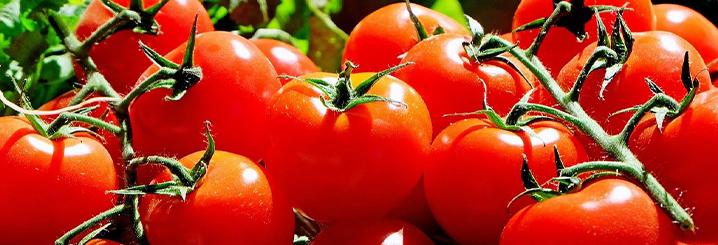Orchard Special: Essential tips for keeping fruit plantations well tended in autumn

In order to keep your orchard productive and well tended at all times, it needs constant attention during all maintenance phases and in every season of the year. So, let's see what you can do to keep your fruit trees in tip-top shape this autumn.
Planting and grafting
Who said you can only plant in springtime? Although planting fruit trees from March onwards helps to prevent the risk of frost damage, planting them in the autumn is equally beneficial because it reduces stress on the plant and gives the root system enough time to strengthen in preparation for the springtime awakening.
If a mild autumn is forecast, you can even plant apple, pear, peach, apricot, cherry and almond trees in the autumn.
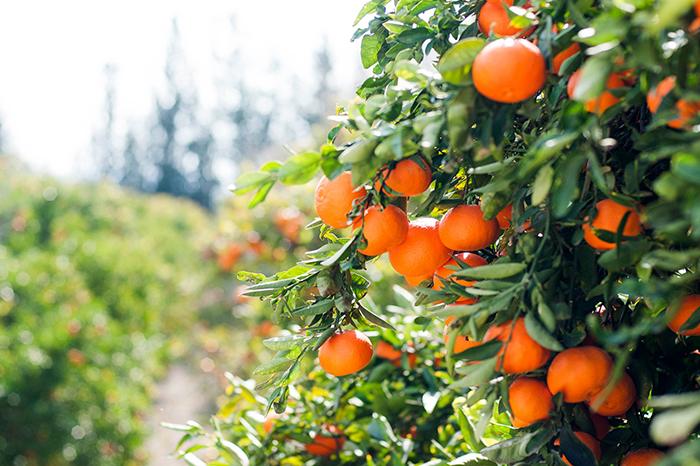
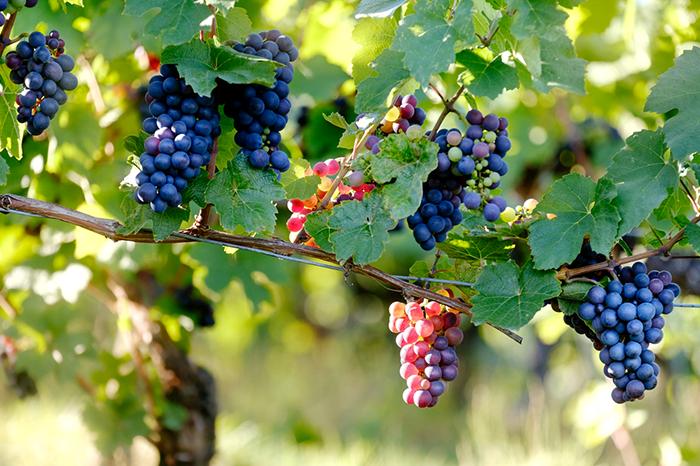
Whereas, you will need to resort to the techniques of dormant bud grafting to plant citrus and peach trees and cleft grafting for sour cherry trees.
Tidying and pruning
In addition to planting new trees, in autumn you can – and should – take care of old plants by tidying and pruning them.
Start by checking whether you have eliminated all the roots and stems of old plants from the soil.
If you didn't cut the grass and meticulously tidy the lawn in previous months, do so now in order to avoid infestations, taking special care in areas containing plants that are susceptible to foliage diseases.
To perform this job, you can use a push-type lawnmower such as the LR 44 PK COMFORT PLUS which, thanks to its mulching system, chops grass into fine particles that contribute to the natural fertilisation of the lawn.
It is also very important to carry out preventive pruning on plants that have already fruited, so as to strengthen them before the cold weather sets in. But be careful: the cuts should be sharp but not drastic, otherwise you risk weakening the tree and doing it more harm than good.
In order to ensure clean and meticulous cutting, we recommend using multiple tools such as: a compact chainsaw like the MT 3500 S, a telescopic pruner for higher branches and a pair of COMFORT shears for finishing. Once you have made a cut, remember to treat it using protective mastic with a healing action, to prevent moulds and fungi from appearing.
After you have finished pruning, get rid of waste leaves and branches: you might not realise it, but they can actually contribute to the spread of plant diseases.
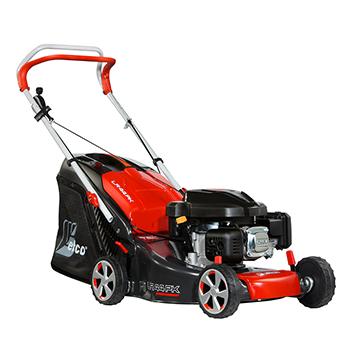
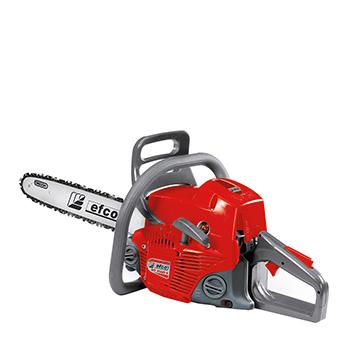
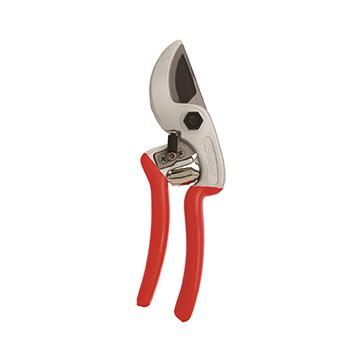
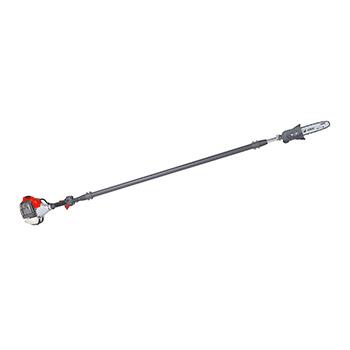
Maintenance
Properly working the soil in your orchard is essential to keep it strong and allow plants to survive through the harsh winter season.
Unlike watering, which doesn't require any particular effort during this period due to the abundant rainfall, you need to pay much more attention to fertilising the orchard using large quantities of mature manure (typically 3500 to 4000 kg per hectare).
Even treating your orchard in October makes a lot of sense. The sudden onset of disease can undermine or irreparably ruin months and months of hard work.
If you favour organic solutions, you could try to combating infection by introducing cultures of entomophagous (predatory) insects. Otherwise you can resort to conventional chemical treatments, administered using professional sprayers such as the IS 2026 backpack model, which guarantees increased refill intervals, spraying accuracy and comfort.
Harvesting and storage
In between autumn maintenance tasks, harvesting your orchard is perhaps the most undervalued task.
Although many fruits need harvesting during this season (pears, apples, grapes, kiwifruit, mandarins, lemons), try not to rush the job and make sure you handle and transport the fruits correctly to avoid any kind of damage.
For example, kiwifruit require extremely delicate handling due to their very thin skin, which can be broken by the slightest impact, causing them to spoil. On the contrary, apples should preferably be harvested in the morning when they are drier, to increase their preservation properties.
If you want to avoid as much damage as possible to your crop, our advice is to transport it on a professional transporter such as the TN 4500 with wide tracks, which enables you to move easily between greenhouses and vineyards on any type of terrain.
Once the fruits are stored in the warehouse, there is only one thing left to do: check the crop for mould and over-ripening every three or four days.
If you come across any damaged specimens, discard them. Once detached from the plant, fruit loses the ability to heal and any damage causes it to quickly rot.


